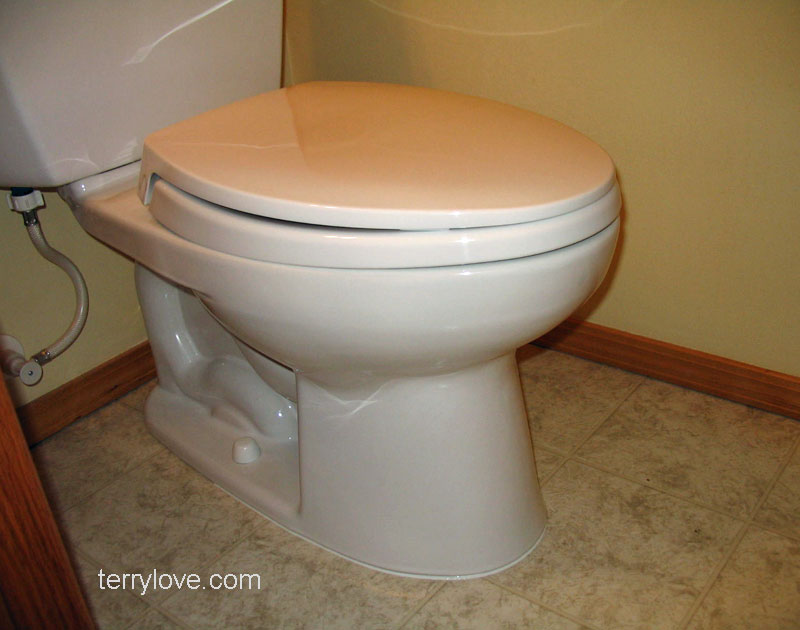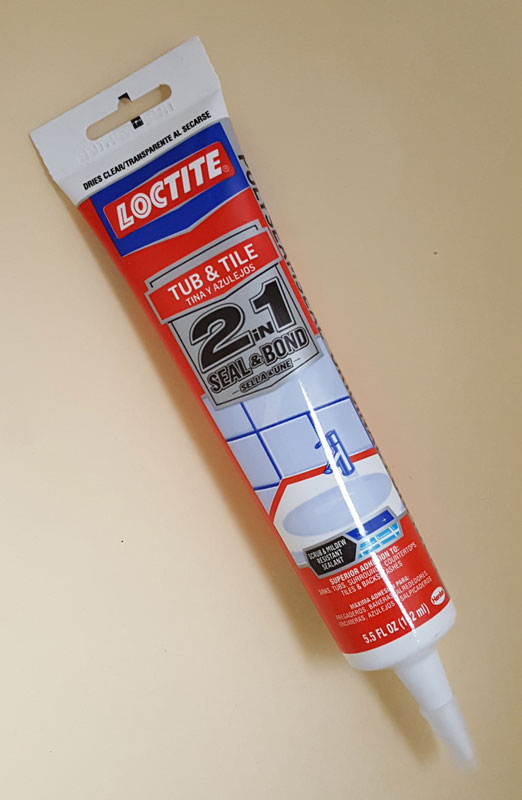Caulk to keep toilet from moving?
I'm having to reseat two identical toilets that I'm pretty sure have never been taken up since the house was built in 1952. I bought it five years ago from an old couple who were very easy on it; many things about the house look practically unused even though they're clearly old. I'm doing it because in both cases a very small amount of water started seeping out from under the toilets. One of them—the one I'm doing first—was rocking a little; the other is as solid as a rock but clearly has rotated slightly, evidently enough to break the wax seal.
I've learned from reading here about shimming to correct the rocking, and caulking to keep water from getting under the toilet. But what I haven't seen mentioned here is caulking to keep the toilet from rotating on the floor. Is that also a legitimate reason for caulking, and is caulking the best way to eliminate that problem?
I'm a complete novice at this, but I can't think of any other way to do it. (By the way, neither of these had any caulking or grout.) I don't see how just the flange bolts can completely prevent the bowl from rotating.
These toilets have four mounting holes, but I discovered that the bolts in the front holes are just dummies—they don't go into the floor—and evidently that's not unusual. I assume they would help prevent rotation if they did, but I'm not going to drill through the ceramic tiles just for that. I was amazed at how nearly perfect everything under the toilet looked, better than any pictures of old installations I've ever seen online, and I don't want to risk messing it up.
One thing I noticed is that the horn and the area around it are glazed, so that wax doesn't stick to it very well. When I lifted it, practically all the wax stayed on the flange, and although the wax was still fairly pliable, the surface of the wax was smooth and glossy and molded in the shape of the bottom of the toilet. I don't know if that's normal or not, but the pictures I've seen online always show a lot of wax stuck on the bottom of the toilet. So if the wax doesn't stick well to the toilet, rotating it just a little bit could break the seal. That's why I'm concerned about it.




